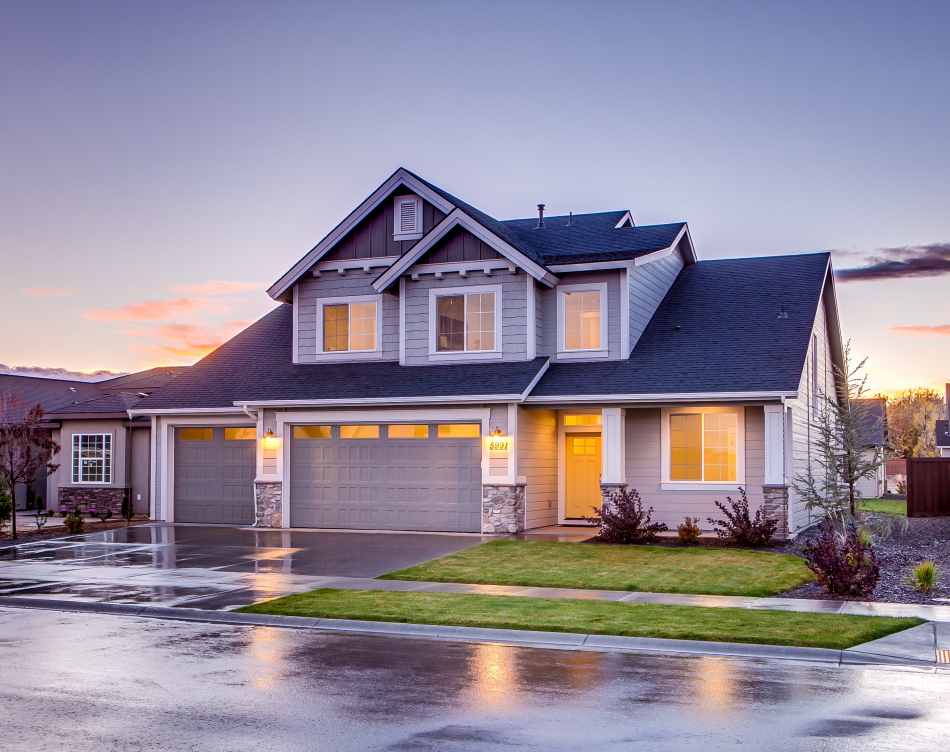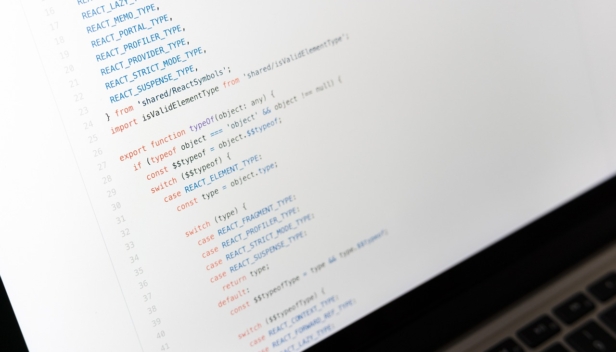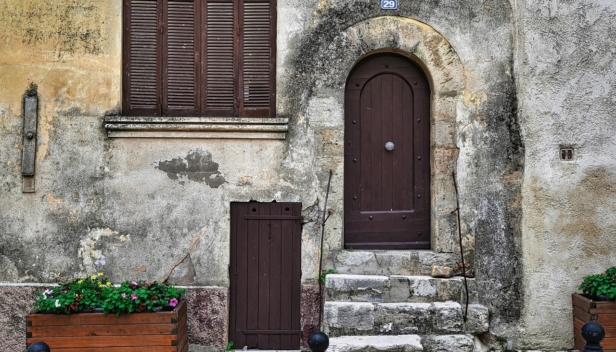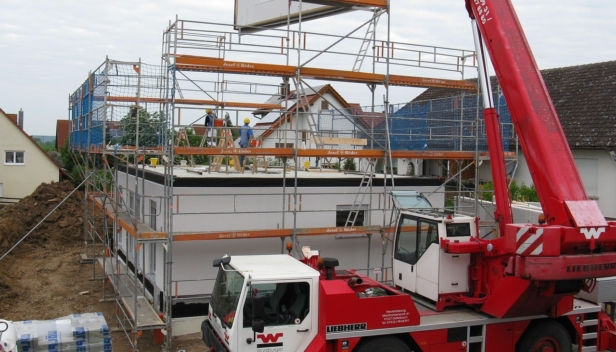Comparing the construction of a traditional house and a prefabricated house in a practical example
Construction & Civil Engineering

With the requirements of sustainable construction and the rapid development of prefabricated materials and processes, prefabricated construction of houses is becoming an increasingly popular alternative to the traditional method of wet construction.
In order to encourage more mass decision-making for prefabricated buildings that allow for a wider range of sustainable practices, it is essential to provide users with credible information on the viability of the alternative.
In accordance with these efforts, the diploma work performs a comparative analysis of classical and prefabricated construction in terms of advantages and disadvantages for the client.
In the theoretical part we present the differences in materials, construction procedures and construction phases, and in the empirical part we compare the speed of construction, price, quality and usability and combine the comparisons into a final analysis of advantages and disadvantages.
With the comparative analysis, we find that prefabricated construction enables faster completion of construction works and that the price does not deviate between the alternatives.
At the level of quality and usability, we find that quality and usability do not directly depend on the type of construction, but that prefabricated construction offers several different sustainable options from which the user can choose.
The key advantage of classic construction is, from the user’s point of view, the possibility of gradual construction and consequently gradual financing.
The advantages of prefabricated construction, on the other hand, are primarily of a sustainable nature and bring benefits primarily for society and less for the individual.
The result of the analysis thus indicates the need for additional incentives for users when deciding on prefabricated constructions, which will motivate the market for a faster increase in the volume of prefabricated construction and consequently for the accelerated development of even more optimal sustainable materials and processes.





